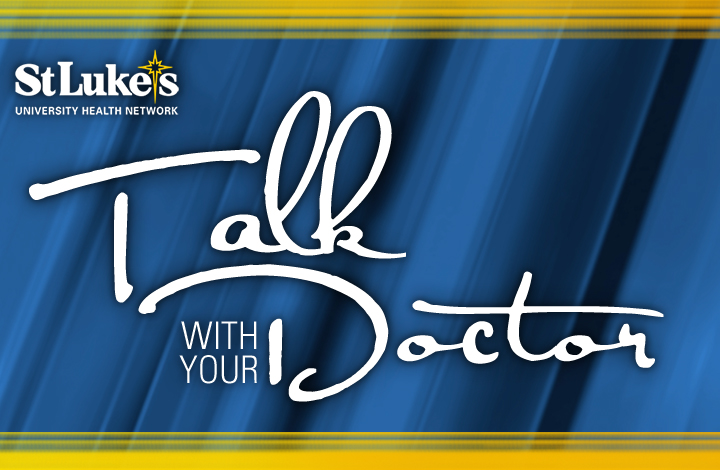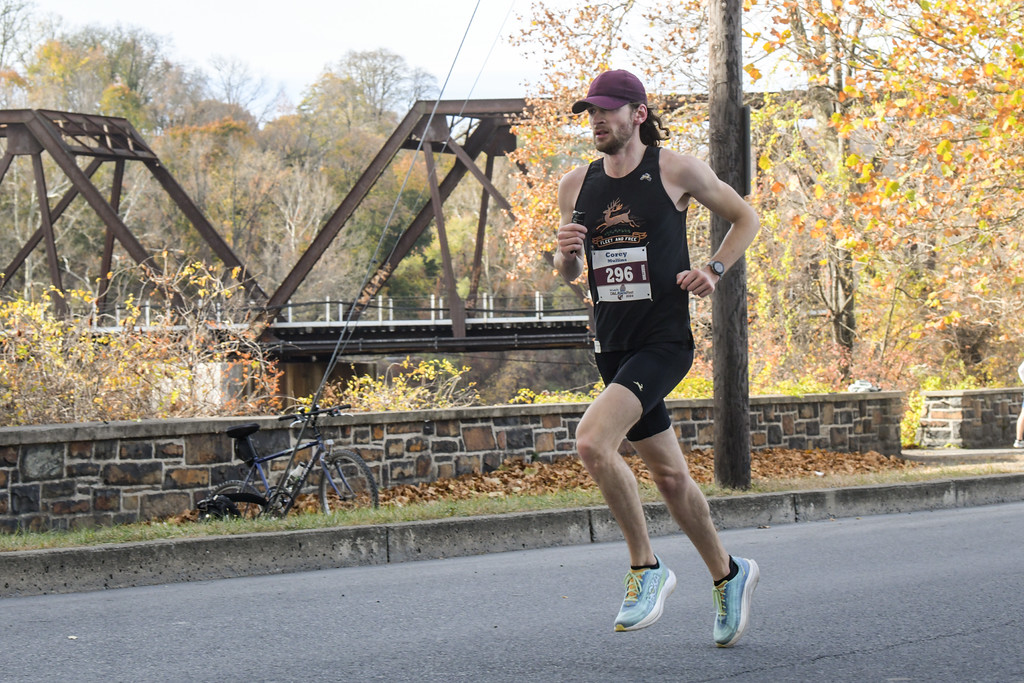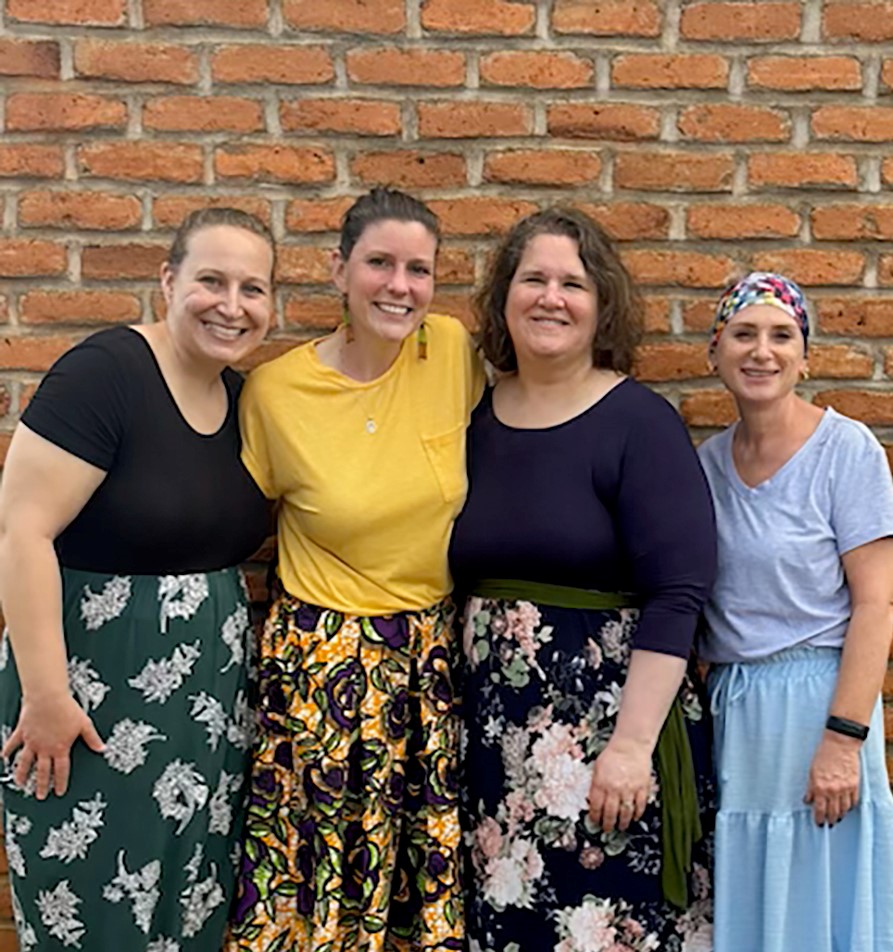Star Community Health Doctor Improves Spanish Fluency During Medical School in Colombia
October 12, 2022

Karen Markosian, MD, understands that the availability of Spanish-speaking physicians is crucial to improve the health of Latinos. However, only about 6% of physicians speak Spanish fluently in the United States. So, when she decided to become a doctor, she attended medical school in her native Colombia.
Today, Dr. Markosian is a first-year medical resident at St. Luke’s Family Medicine Residency – Sacred Heart. She sees patients at Star Community Health’s Sigal Center, where a third of family medicine patients report Spanish as their primary language.
Dr. Markosian’s immigrated from Colombia to the United States with her family when she was only five years old. Her father, a physical therapist, was recruited to practice physical therapy in the United States in the 1990s. The family settled in Woodbridge, New Jersey, where Dr. Markosian grew up. She graduated from the College of Staten Island, earning a degree in psychology and a minor in Spanish.“My dad wanted me to be a physical therapist and become his business partner,” she said. “But when I got accepted in PT school, I wasn’t excited; it wasn’t me at all. My dad said, ‘I think your field is medicine. Go to medical school in Colombia, and I’ll pay for it because it’s a lot more affordable there.’ Once I started medical school, I just knew it was my calling.”
After graduating from Universidad Metropolitana in Barranquilla, Colombia, she returned to the United States. But, to practice, she had to pass the United States Medical Licensing Examination (USMLE). While studying, she was distracted by concern for her mother, who had chronic kidney disease. After having COVID, her mother passed away, just weeks before her second exam. Dr. Markosian passed the test, a triumph for her entire family.
When it came time to find a residency program, Dr. Markosian focused on schools close to her family. She applied to programs in New York, New Jersey and Pennsylvania, but her first choice was St. Luke’s Family Practice – Sacred Heart.
“When I interviewed with the residents here, they seemed genuinely happy and advocated for the program,” she said. “I noticed many previous residents were either faculty or working in some part of St. Luke’s.” She also liked that the residents could speak directly with attending medical specialists. Furthermore, the program had a Network Simulation Center, where residents use robotic simulators to develop their clinical and procedural skills.
“When I learned I had been accepted, I was ecstatic,” she said. “I was like yes, 100%. As soon as I interviewed, I called my father and said I’m sure this is the program for me. I want to help them.” Part of the draw was the opportunity to work with Spanish-speaking patients.
“When I come into an exam room and say, ‘hola,’ to a Spanish-speaking patient, it’s like their world lights up and they get a huge smile,” she said. “It’s a very nice feeling for a physician. Because I speak Spanish, I’m able to communicate effectively with them and get a lot more information to make an accurate diagnosis. We have a deep conversation, and they provide me with details about what’s happening in their lives.” Because she “sounds and looks like them,” some Hispanic patients are more comfortable in sharing intimate details. For example, newly arrived immigrants might tell her about what happened to them in their home country, including sexual or physical abuse.
When asked why patients are avoiding care or not taking prescribed medications, some patients admit it is because of a lack of money. Dr. Markosian then informs them of services that can help, including Star Community Health’s sliding scale payment program. She also determines when a patient could benefit from behavioral health services and makes a referral to a provider who comes to the Sigal Center.
Dr. Markosian said that even though Spanish-speaking people pronounce certain words differently and many dialects exist, she can easily communicate with people from a nearly all Spanish-speaking countries, including Mexico, Puerto Rico, Dominican Republic, Colombia and Peru.
“We’re all Latinos at the end of the day,” she said. “There should be more Latino doctors because we could do much more in our community to provide quality healthcare.”
Read More NewsLatest News


April 17, 2025
SLUHN Employee Competes in Boston Marathon on Monday

April 16, 2025